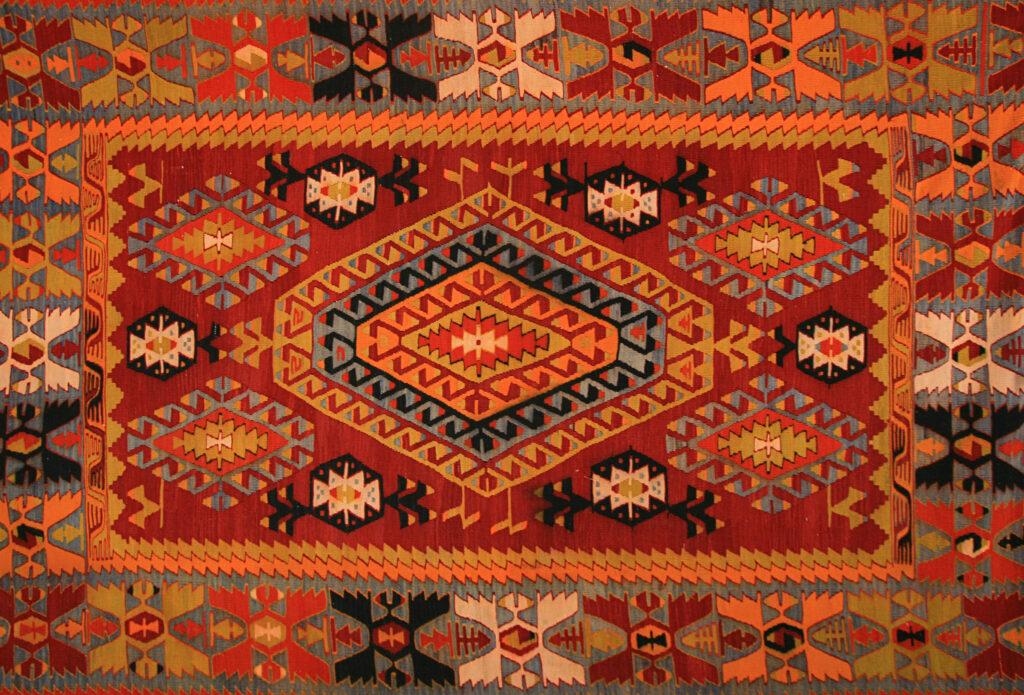Turkey is one of the first countries you think of when it comes to carpets. Originating from the Turks of Central Asia, carpeting has a valuable place among traditional handicrafts. The carpets that the ancient Turks who migrated from one place to another laid inside their tents and used to decorated their walls have become part of our culture over time.
The oldest-known carpet is the Pazyryk carpet. Named after the Central Asian Pazyryk burials, the Pazyryk carpet reflects the understanding of art of the period. Horse depictions on the carpet attract attention with their distinctive motifs and different figures. Although there are some carpets made before the Turks of Central Asia, the Pazyryk carpet is considered the oldest-known carpet woven with a knot technique.

The carpet’s journey in Anatolia continued to evolve from the 13th century to the 19th century. Anatolian Seljuks are the community that has made one of the biggest leaps in carpet art with innovations in technique and colour and motif. These carpets are woven with Gördes knots made of wool and featuring geometric motifs.
By the 15th century, we start seeing animal figures on carpets. This is described as a new era in Turkish carpet art. Carpet art continued during the Ottoman period and there are period-specific designs with diverse geometric shapes. Carpets were woven with wool using the Turkish knot technique. Uşak is one of the main weaving provinces for this kind of carpet.
Uşak carpets are divided into three categories – medallions, stars and birds. Carpets with a medallion motif in the middle, which reach 10 metres in length, find their place in palaces, mosques and mansions. Starry carpets are around four metres in length and consist of star motifs embroidered with blue on red. The famous Hereke carpet is unlike other carpets. The double knot technique is used in carpets produced in Hereke, Kocaeli. These carpets, in which first-class silk is used, can take years to weave because they are produced by hand. The Hereke carpet, which decorated the palace walls during the Ottoman period, is now known all over the whole world.

